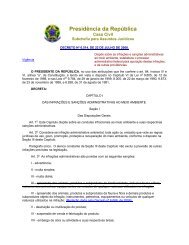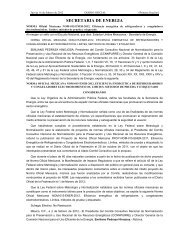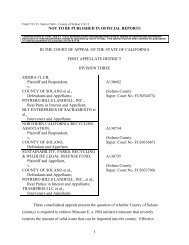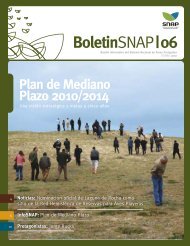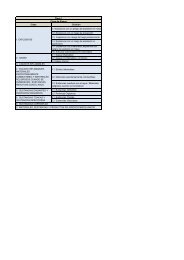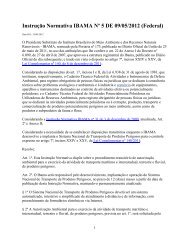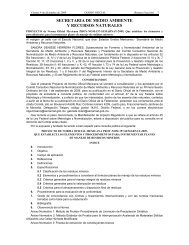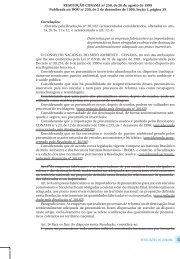OceAn science OceAn science OceAn science
OceAn science OceAn science OceAn science
OceAn science OceAn science OceAn science
Create successful ePaper yourself
Turn your PDF publications into a flip-book with our unique Google optimized e-Paper software.
• United States Geological Survey—Conduct hydrological and biological monitoring<br />
and regional geologic and environmental mapping and characterization.<br />
Perform research on coastal processes and response to persistent forcing and extreme<br />
events. Develop models to forecast hydrologic, landscape, and ecosystem<br />
response, and tools to provide assessments of coastal vulnerability and predict future<br />
ecosystem conditions.<br />
• NOAA—Acquire and integrate (including standards development) monitoring and<br />
mapping data from existing and enhanced coastal observation platforms. Conduct<br />
assessments to identify region-specific coastal and marine research priorities. Develop<br />
community inundation and ecosystem models for assessing storm vulnerability,<br />
oil spill movements, and ecological impacts. Develop a web-based geospatial framework<br />
and digital elevation models essential for decision-support tools, including<br />
socioeconomic and environmental indices.<br />
• United States Army Corps of Engineers—Expand shallow-water coastal mapping and<br />
wave-observation programs. Develop community, high-resolution coastal models and<br />
testbeds to support next-generation models for all agencies, and transition models<br />
from research to operational use. Enhance coupling among ecosystem, coastal hydrodynamic,<br />
and watershed models to provide integrated management tools for planning,<br />
hazard identification, and response.<br />
• Environmental Protection Agency (EPA)—Integrate and assimilate observations from<br />
coastal-condition surveys and observational platforms. Enhance coastal-condition<br />
surveys and assessments. Develop ecosystem models to forecast changes in ecosystem<br />
services. Develop models and decision-support tools, including socioeconomic measures<br />
of goods and services, to assess changes in ecosystem services resulting from<br />
regulatory programs, land-use planning, and natural events.<br />
• National Science Foundation (NSF)—Generate real-time, reconfigurable, open-ocean<br />
observations that may be used to properly initialize forecast models through the<br />
OOI. Conduct research on physical and ecological processes relevant to model development<br />
and basic understanding of ecosystem response.<br />
Collaborative Efforts<br />
Region-specific priorities and implementation strategies to address those priorities will<br />
result from engagement across a variety of sectors. Federal, state, and academic research<br />
and user communities will join in planning and implementation; agencies will cooperatively<br />
execute the resulting suite of priority projects.<br />
76




